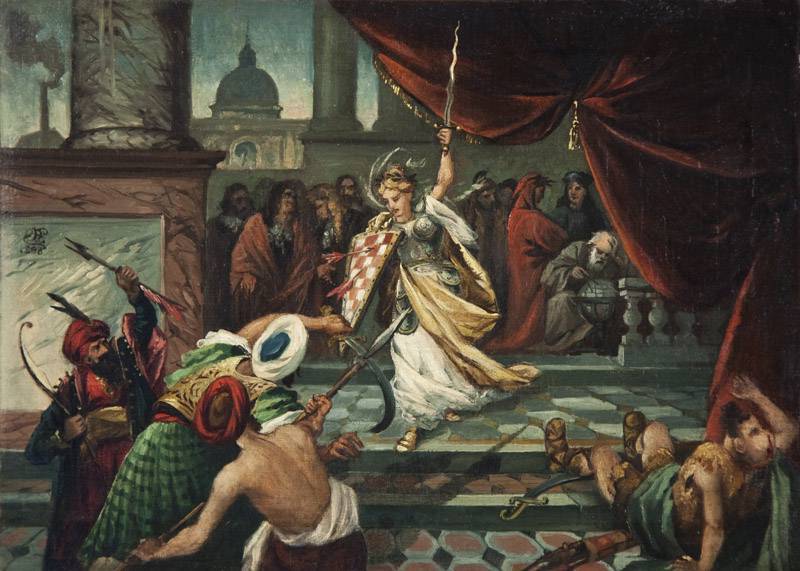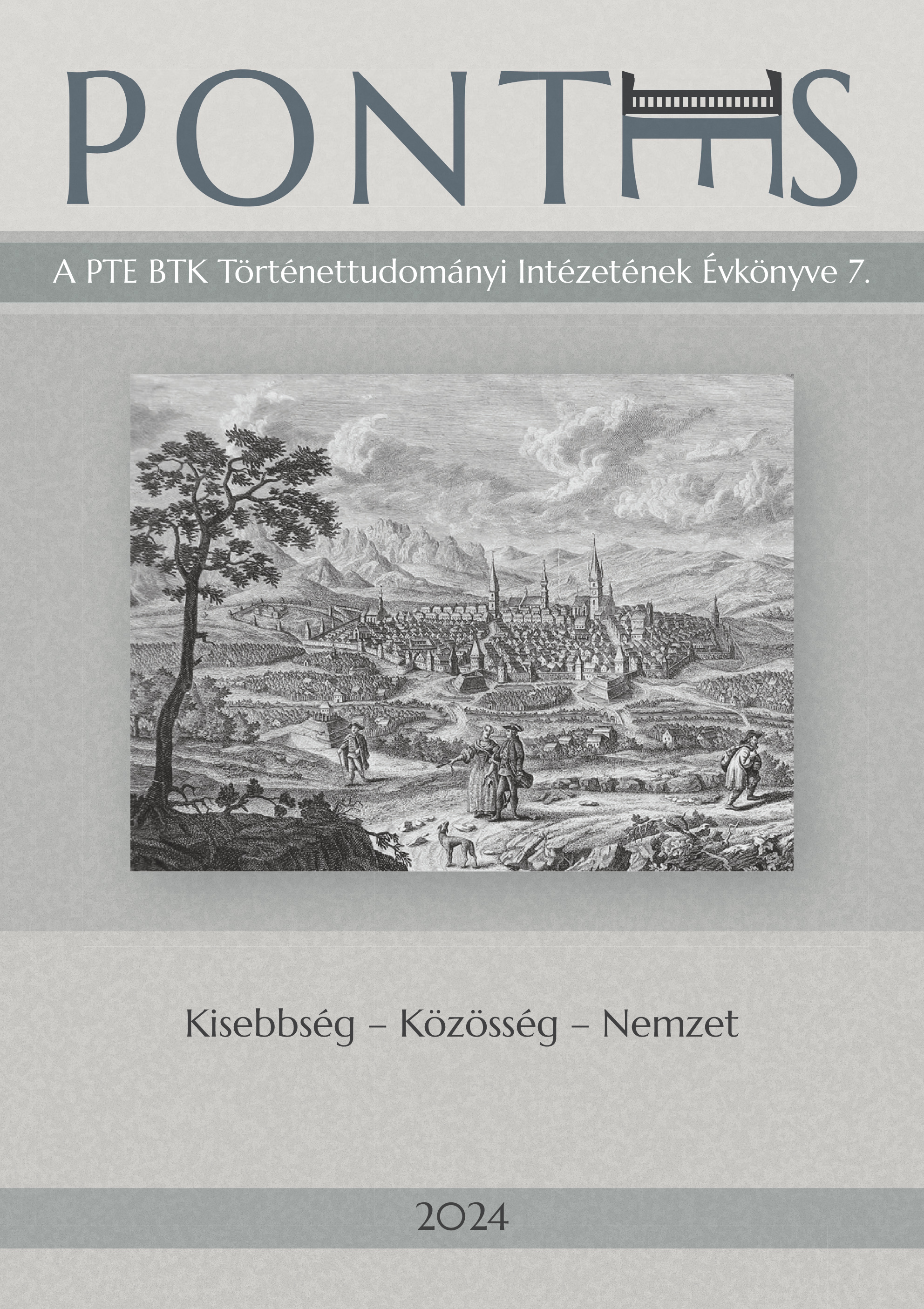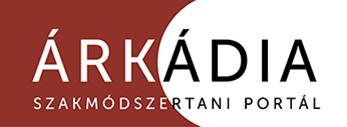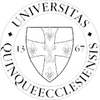Félelem a Kelettől
Európa és a vallási motivációjú identitás-, másság- és idegenség-konstrukciók a középkorban és a kora újkorban
DOI:
https://doi.org/10.15170/PONTES.2024.07.01.01Kulcsszavak:
identity, alternity, alienity, Middle Ages, Early Modern PeriodAbsztrakt
The allegorical presentation of one’s own country as an antemurale Christianitatis (“forewall of Christianity”) is a European phenomenon which can be found everywhere where Latin Christianity borders, or has bordered, other cultural regions, such as for instance Islamic or Orthodox ones. In Hungary, Poland and Croatia in particular, but also in the Mediterranean area, on the Iberian peninsula and in the Baltic states, concepts were developed from the Middle Ages onwards, which stylized these countries and societies as “forewalls/bulwarks of Christianity” – later secularized as “forewalls/bulwarks of Europe”. The emergence of this notion of frontier identities and their accompanying ideology was closely connected to the political and religious situation of the time. The presumed existence of an antemurale implies the existence of a murus, and of an area protected by it. This was believed to be inhabited by members of the Christian community. This western Respublica Christiana – subordinated to the secular power of the Emperor and the spiritual power of the Pope – bordered on heathen, Muslim and schismatic countries to the East. In order to gain a better understanding of the background of the bulwark topoi mentioned above and the accompanying discourses concerning the Western fear of the East in particular, it is essential to consider the ideological basis for these ideas, which were built upon frontier identities, alterity and alienity constructions, as well as on relations between the centre and the periphery.

Downloads
Megjelent
Folyóirat szám
Rovat
License

This work is licensed under a Creative Commons Attribution-NonCommercial-NoDerivatives 4.0 International License.














